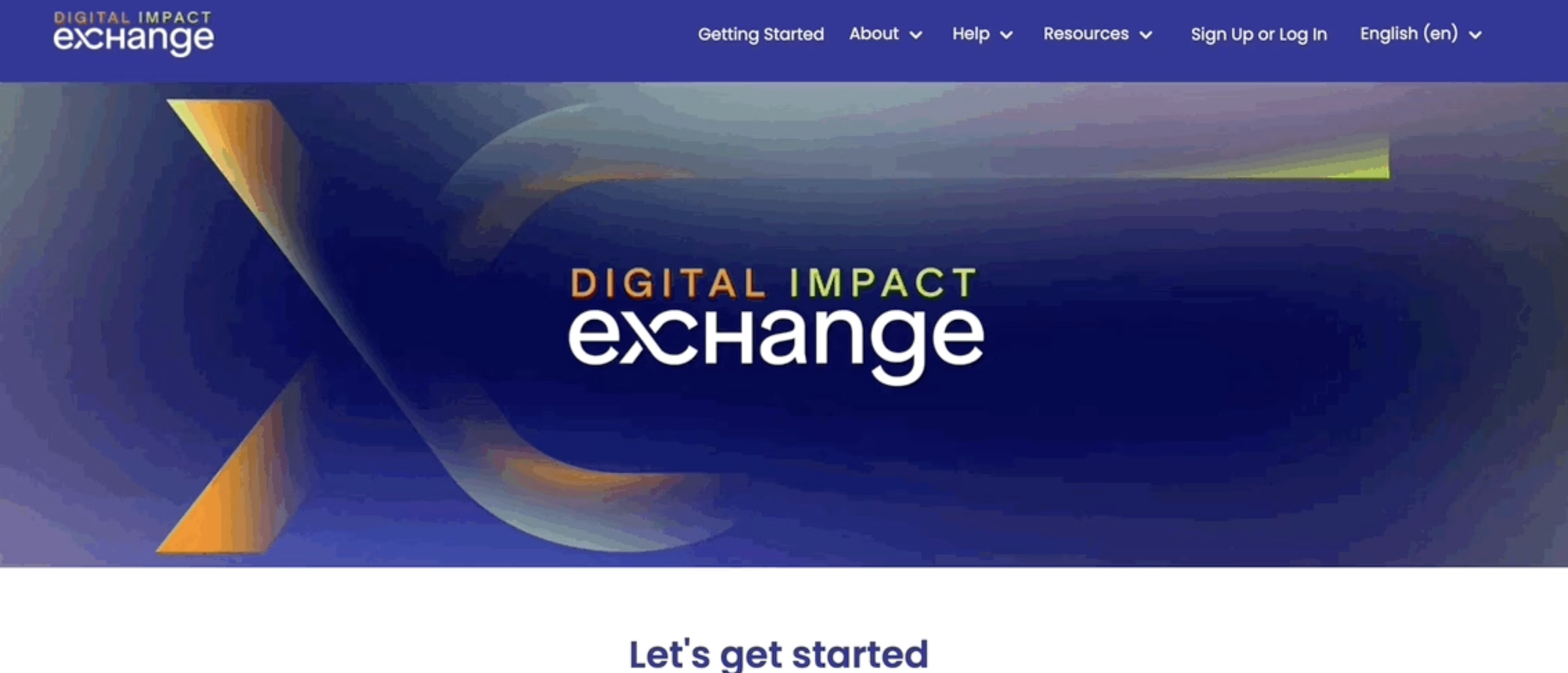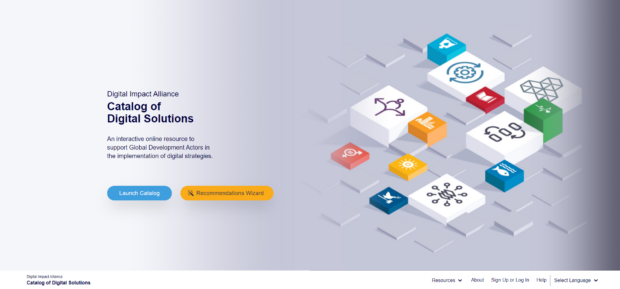At DIAL, we are committed to accelerating the digital transformation of the development sector. That’s why we’re excited to announce that the Catalog of Digital Solutions has evolved into the Digital Impact Exchange.
The Digital Impact Exchange goes beyond a catalog of digital tools and solutions to serve as a platform where development practitioners can find the right digital solutions for their specific needs and learn from a community of digital development changemakers. The platform’s new identity reflects our mission to provide a more comprehensive offering for the digital development sector, while keeping the framework and structure of the Catalog that our users know and appreciate.
What's next for the Digital Impact Exchange?
The Exchange is the go-to resource for anyone working in the development sector who is interested in using digital solutions to support their projects. With over 500 digital tools and platforms listed on the platform, and data-sharing partnerships with other leading organizations in this space, the Exchange is an extensive digital aggregator for development solutions.
We’re committed to making the Exchange the most comprehensive and user-friendly digital marketplace for the development sector. That’s why we’ll continue to add new features and functionality to the platform in the coming months. Keep up with the roadmap, sign up for our newsletter, or email us at issues@exchange.dial.global.
DPI Filters
Due to popular request, the Exchange now offers a way to visualize, search, and filter for building blocks that are considered digital public infrastructure (DPI) or functional. In addition, products that are mapped to building blocks can also be searched as being linked to either DPI or functional building blocks. Learn more about DPI here.

New Content
There are now more use cases and playbooks in the Exchange, including a playbook titled “How to Add a Playbook”. It’s now easier to follow the step-by-step instructions in this playbook to help you build, embed, share, and amplify your how-to guides on digital implementation. We encourage you to browse our library of growing use cases and playbooks and share your feedback with us.
Revised product evaluation tool
The product evaluation rubric automates some key insights to help users make some determinations on the effectiveness and maturity of a product. Although evaluating software maturity is a complex endeavor and the Exchange is only making calculations based on machine-readable information, we hope that the rubric provides helpful information to users that are looking to make determinations about digital products.
The categories of indicators in the rubric include:
Sourced from GitHub:
- Active Maintenance: Actively maintained tools indicates that the product maintainer is able to manage the velocity of work required to keep the product up to date.
- Software quality: this is an important measure, but it is difficult to quantify. By assessing how others are interacting with the software, we can make assessments of its usage, as a proxy for quality.
- Community health: A software that can attract contributors means the tool being supported by a healthy community.
- Code review: this indicator helps assess how quickly developers can learn the code base, as well as help them learn new technologies and techniques that grow their skill sets.
Sourced from Digital Square:
- Global utility: assesses how widely the tool is used, how well funded it is, and other metrics measuring its adoption and potential for use.
- Community Support: assesses both support for a community of users (such as documentation and multilingual support) and engagement of the user community with the tool.
- Impact: assesses the level of development of the software in such areas as security, interoperability, technical documentation, and scalability.
Stay tuned for more updates as we continue to evolve and grow. In the meantime, we invite you to explore the Digital Impact Exchange and see how it can help you find the right digital solutions for your development projects.






